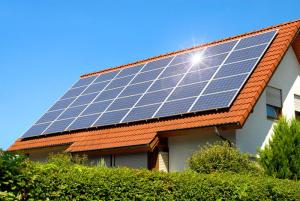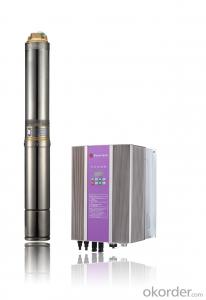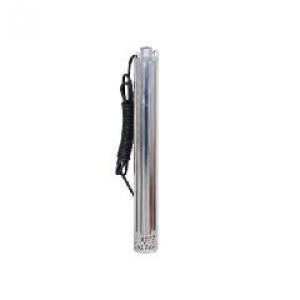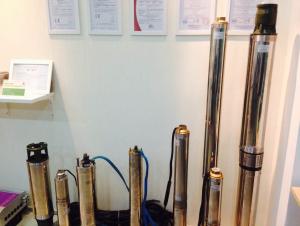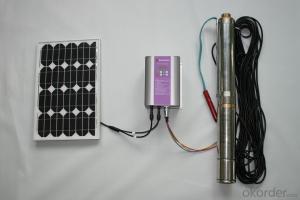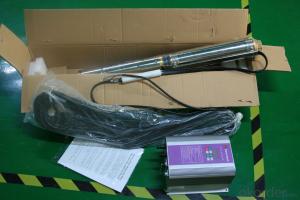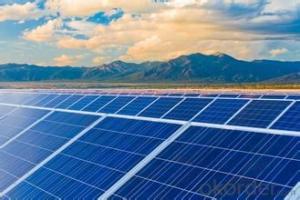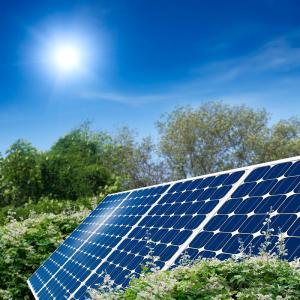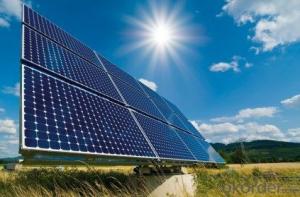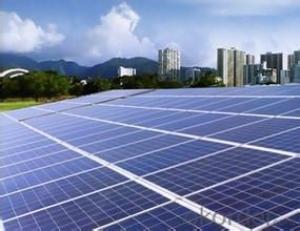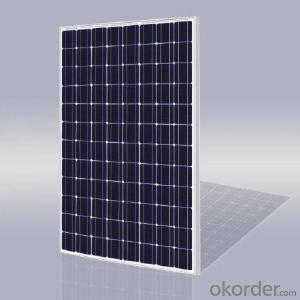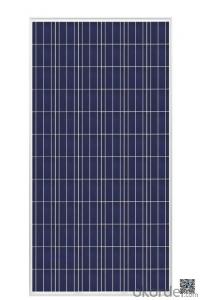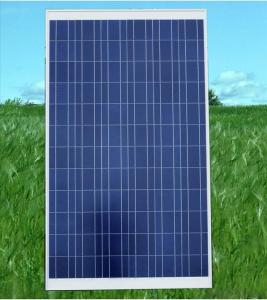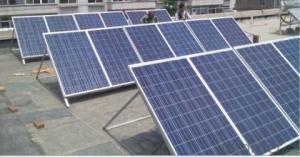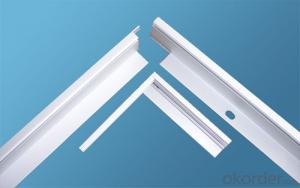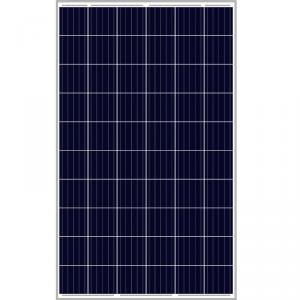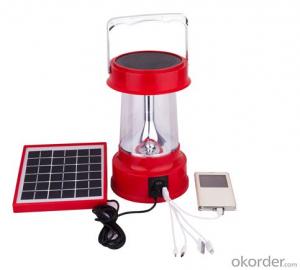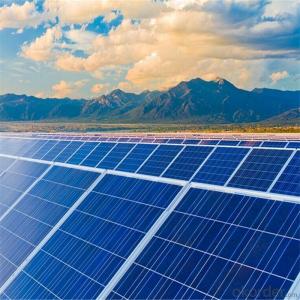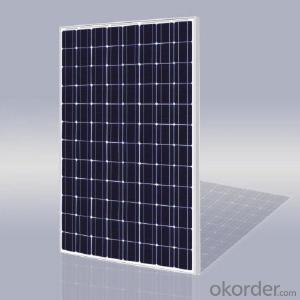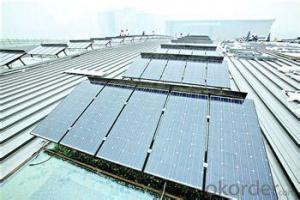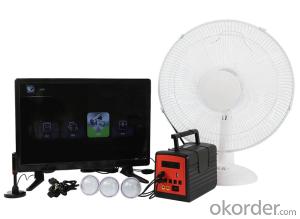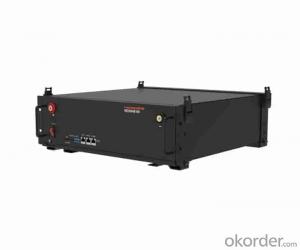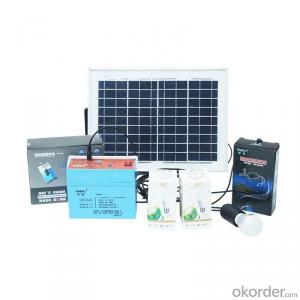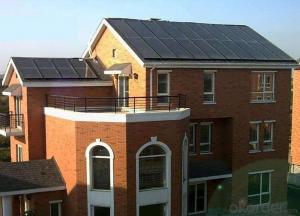Ac Module Solar Panel
Ac Module Solar Panel Related Searches
Solar Panel Ac Module Ac Module Solar Panels Ac Module For Solar Panel China Ac Module Solar Panel Solar Ac Module Ac Module Solar System Ac Module Solar Panel Price Module Solar Panel Solar Panel Module Ac Inverter Solar Panel Lg Ac Solar Module Solar Panel With Ac Inverter China Solar Ac Module Ac Inverter For Solar Panels Solar Cell Module Solar Module Solar Power Module Loom Solar Ac Module Mini Solar Panel Module Solar Photovoltaic Module Solar Cell Solar Module Module Solar Solar Air Module Inverter Ac With Solar Panel Solar Panel Module Price Solar Power Bank Module Solar Led Module Solar Panel Dc To Ac Inverter Solar Battery Module Arduino Solar ModuleAc Module Solar Panel Supplier & Manufacturer from China
Ac Module Solar Panels are a type of photovoltaic system that converts sunlight directly into alternating current (AC) power, eliminating the need for an inverter. These modules are designed to provide a more efficient and cost-effective solution for harnessing solar energy, making them an attractive option for various applications.The Ac Module Solar Panel is widely used in residential, commercial, and industrial settings, where it can be integrated into rooftops, ground-mounted systems, or even floating solar arrays. This product is particularly beneficial in areas with high electricity costs or limited access to traditional power sources, as it offers a reliable and sustainable alternative for energy generation. The ease of installation and maintenance, along with the ability to generate clean energy, makes the Ac Module Solar Panel a popular choice for those looking to reduce their carbon footprint and energy expenses.
Okorder.com is a leading wholesale supplier of Ac Module Solar Panels, boasting a large inventory that caters to the diverse needs of customers worldwide. With a commitment to quality and customer satisfaction, Okorder.com ensures that each Ac Module Solar Panel meets the highest industry standards, providing a reliable and efficient solution for harnessing solar power.
Hot Products
